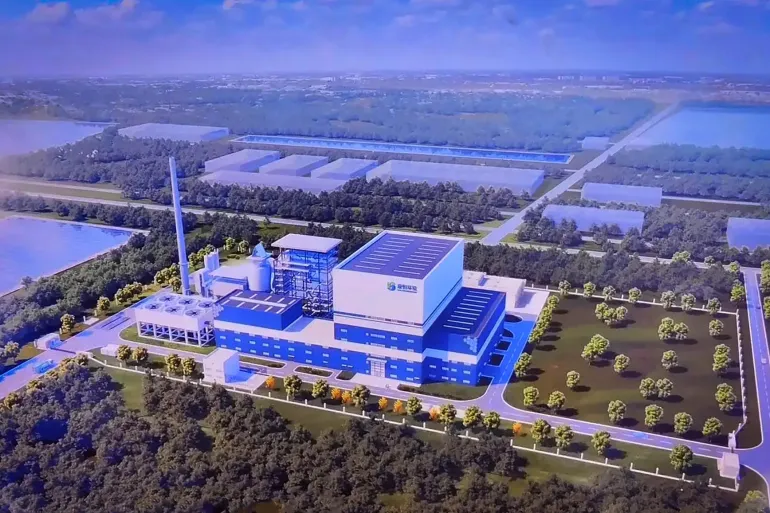
Close

Approach Words: Environment Preservation, Sustainability, Urban Livability
Public Policy Instruments: Physical Intervention, Planning
Baghdad Waste-to-Energy (WtE) Project is a large-scale solid waste management and energy transition initiative located in Nahrawan district of Baghdad.1 It is the city’s first project designed to convert solid waste into clean electrical energy.2 Being part of the Iraqi government’s plans to shift towards clean energy and reduce dependence on fossil fuels,3 i the project addresses the city’s serious waste and energy challenges by implementing high-efficiency WtE solution.4

Title: 3D View Showing Baghdad Waste to Energy Facility.
Source: Click Here

Title: 3D View Showing Baghdad Waste to Energy Facility.
Source: Click Here
Envisioned as “Baghdad’s first environmentally sustainable energy project”,5 the initiative aims to reduce the city’s dependence both on landfills and fossil fuels by generating renewable energy from urban waste.6 It intends to divert significant volumes of waste from landfills,7 reduce environmental pollution, while supplying Iraq’s energy needs8 as part of Baghdad’s plan for waste treatment and clean electrical energy production.9
Situated on a 1 square kilometer site,10 the facility will incinerate approximately 3,000 tons of solid waste daily11 to produce 100 megawatts of clean electricity. The incineration process uses advanced fourth generation grate technology, with an electrical power generation efficiency exceeding 30% and a landfill rate below 5%.12 Generated power will be fed into the national grid to reduce Iraq’s supply gap.13 Specifically, the process includes:14

Owner/Developer (Public)
Ministries of Electricity, Environment, Science, and Technology

Consultant/Designer

Funder

Contractor/Implementer
Initiated through a collaborative effort between the municipality of Baghdad and Iraq’s Ministries of Electricity, Environment, Science, and Technology,15 the project will be developed under a design-build-own-operate model16 with China’s Shanghai SUS Environment Co. Ltd as a contractor.17 It is fully funded by the Iraqi government, with a total investment of approximately $497 million.18
The construction is scheduled to begin in the first quarter of 2025, with completion expected within two years.19
Project Link
Endnotes
References